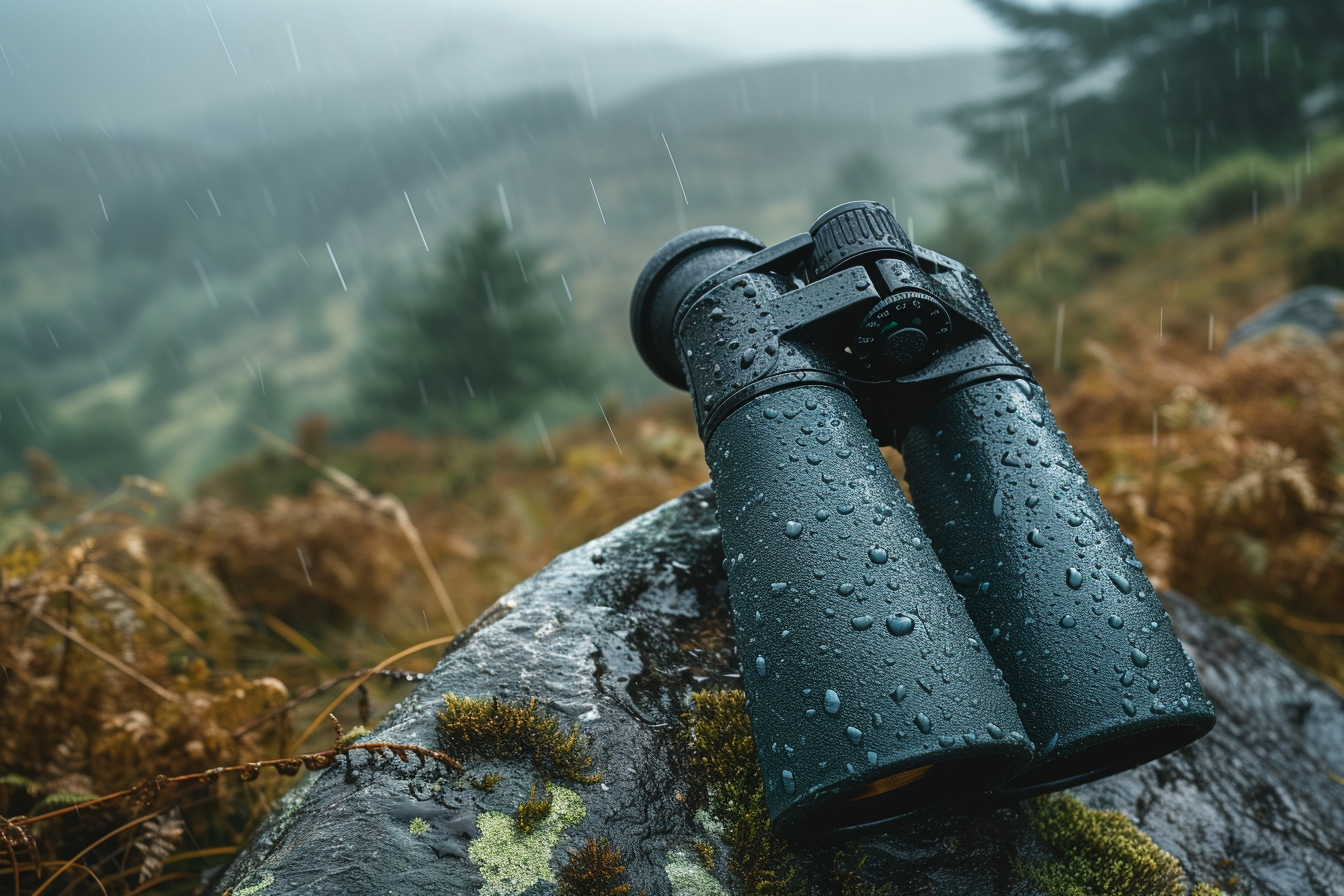Birdwatching is a rewarding hobby that connects enthusiasts with the beauty of the natural world. A pivotal component to enhancing this experience is selecting the right pair of binoculars. With an overwhelming array of choices in the market, it’s vital for birdwatchers to understand the key features and considerations that define the best binoculars for their specific needs.
The importance of magnification and objective lens size
Magnification power and the objective lens diameter are two critical specifications usually represented as 8×42, where 8 denotes the magnification and 42 the lens size. Higher magnification offers closer views, but can lead to a shakier image if used without a tripod. An 8 to 10 times magnification is often recommended, balancing detail and a wide enough field of view.
Objective lens size affects the amount of light that enters the binoculars. A larger lens (30mm-42mm) can perform better in low-light conditions, making dawn and dusk observations crystal clear. However, larger lenses mean more weight, so consider how much gear you’re willing to carry.
Field of view: the wider, the better
Field of view (FOV) is the width of the area visible through your binoculars at a glance, usually per 1000 yards. A wider field of view allows you to quickly locate birds and follow them during flight. Although higher magnifications might give you an up-close view, they usually reduce the FOV, so you’ll need to find a balance that suits your birdwatching preferences.
Eye relief: comfort for all
For glasses wearers, eye relief is the distance from the eyepiece at which the whole field of view is visible. Longer eye relief provides comfort and ease of use, ensuring that birdwatchers with eyeglasses do not miss out on the full panorama. Typically, an eye relief of 15mm or more is regarded as a safe choice.
Optics quality: clarity is key
The quality of the optics determines the sharpness and brightness of the image. High-quality coatings on the lenses and prisms can significantly enhance light transmission. Fully multi-coated lenses are the best option, offering a brighter and sharper image with better color fidelity. Always opt for binoculars that boast superior optical coatings, as they dramatically improve the viewing experience.
Prism type: roof or porro?
Opt for binoculars with either roof prisms or Porro prisms. Roof prism models are more compact and streamlined, making them easy to handle. On the other hand, Porro prism binoculars typically offer a wider field of view and are generally less expensive but are bulkier. Roof prisms require a complex optical construction and hence could be pricier, but their durability and ease of handling often justify the cost.
Weatherproofing: for all conditions

Chances are, birdwatching will take you into a variety of weather conditions. Waterproof and fog-proof binoculars are a must, especially with sudden climate changes or observations near bodies of water. Look for models with O-ring seals and nitrogen or argon purging to keep the internal optics dry and clear, offering protection against fogging, water damage, and dust.
Durability and weight: built to last
Durability is another pertinent consideration. The chassis of the binoculars should be made of quality materials like magnesium or polycarbonate, which can withstand the rigors of outdoor use. However, remember that sturdier materials might add to the weight. Aim for a lightweight design, as you will likely be carrying these binoculars for extended periods.
Comfort and ease of use
The ergonomics of the binoculars are pivotal for prolonged use. Models with a comfortable grip and an easy-to-reach focusing wheel can significantly enhance usability in the field. Adjustable eyecups can also help to customize the fit for individual comfort — an aspect not to be overlooked.
Assessing your birdwatching habits
When deciding on binoculars, assess your birdwatching habits. Will you be venturing into wetlands or dry, open fields? Are your bird watching sessions lengthy? Taking stock of these behavioral patterns will guide you towards binoculars that cater to your specific environmental and ergonomic needs.
Recommendations and customer feedback
Reading reviews and seeking recommendations from fellow birdwatchers can provide valuable insights. Experienced birders often share detailed feedback on various models, which can help you avoid novice mistakes and pinpoint binoculars that have proven themselves in the field.
The consideration of cost
Dependable birdwatching binoculars are an investment. While it’s important not to overstretch your budget, investing in a mid to high-range pair can result in superior image quality and durability. In the long run, spending more upfront could save you from the need to replace or repair cheaper, low-quality binoculars.
Every birdwatcher’s journey is unique. Your choice of binoculars should reflect your personal preferences, as well as the practical intricacies of birding. By meticulously comparing these key factors, you can equip yourself with a pair of binoculars designed to bring the natural world into closer, clearer view, thus enhancing your birdwatching adventures.
Whether you’re a novice birder taking flight on your avian observations or a seasoned ornithologist seeking to upgrade your gear, the market offers a broad spectrum of options to suit every desire. Expert insight, technological advancements, and a clear understanding of your own birdwatching style will enable you to select the perfect binoculars tailored to witness the wonder of our feathered friends with unmatched clarity and comfort.











